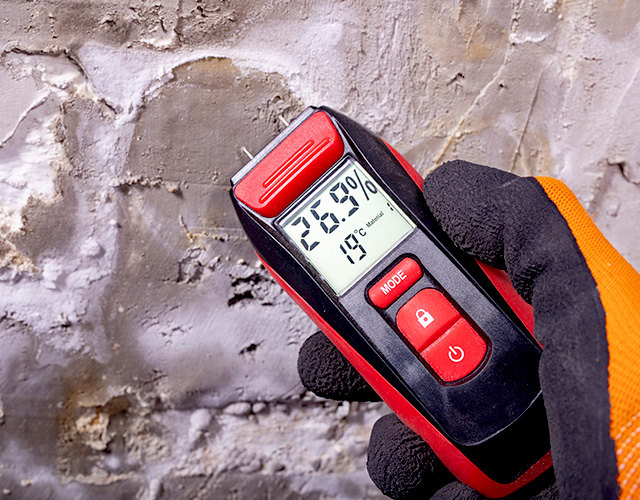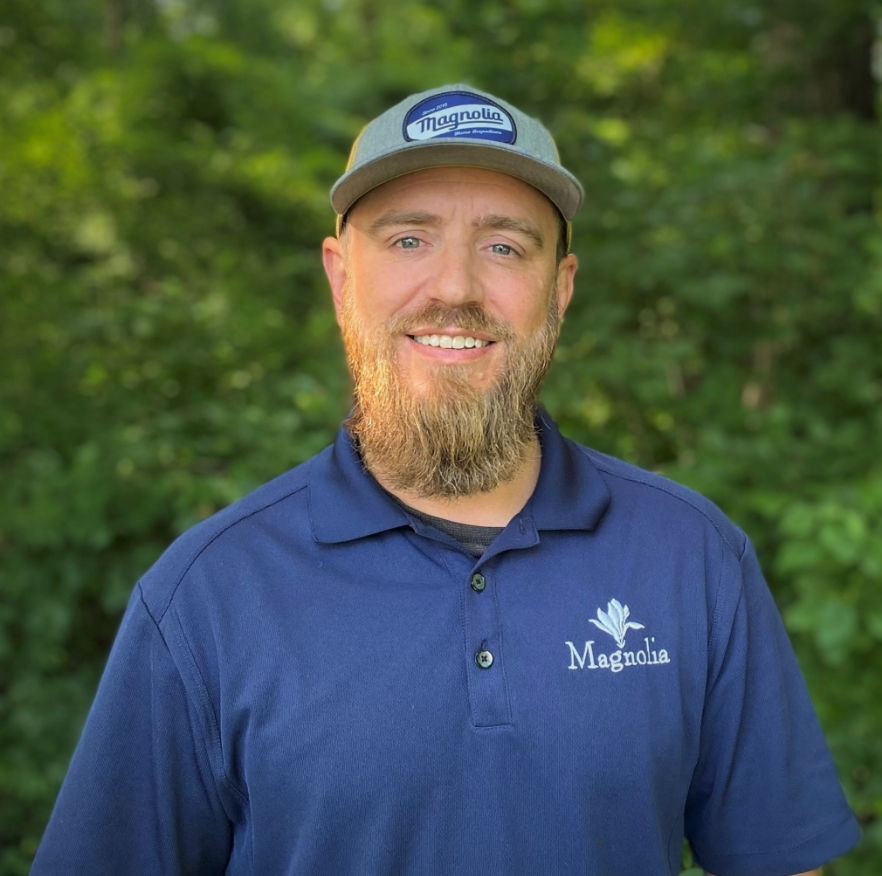ADDITIONAL SERVICES
Mold Testing

WHAT’S INCLUDED
Our Testing Process
Magnolia provides the best possible testing method for identifying heightened levels of microbial spores that may exist inside the living space. Our test samples the largest amount of inhabitable space to identify a potential mold source. Samples are overnight shipped to a certified laboratory and we pay an additional fee to have those samples analyzed immediately. Mold sample results available in 72 hours.



LICENSED INSPECTION
Trust Magnolia Mold Experts
Lorem ipsum dolor sit amet, consectetur adipiscing elit, sed do eiusmod tempor incididunt ut labore et dolore magna aliqua. Ut enim ad minim veniam, quis nostrud exercitation ullamco laboris nisi ut aliquip ex ea commodo consequat. Duis aute irure dolor in reprehenderit in voluptate velit esse cillum dolore eu fugiat. Lorem ipsum dolor sit amet, consectetur adipiscing elit, sed do eiusmod tempor incididunt ut labore et dolore magna aliqua. Ut enim ad minim veniam, quis nostrud exercitation ullamco laboris nisi ut aliquip ex ea commodo consequat. Duis aute irure dolor in reprehenderit in voluptate velit esse cillum tempor 100 Words.




